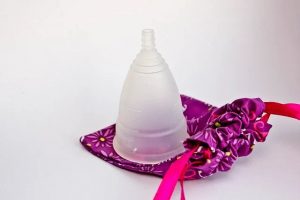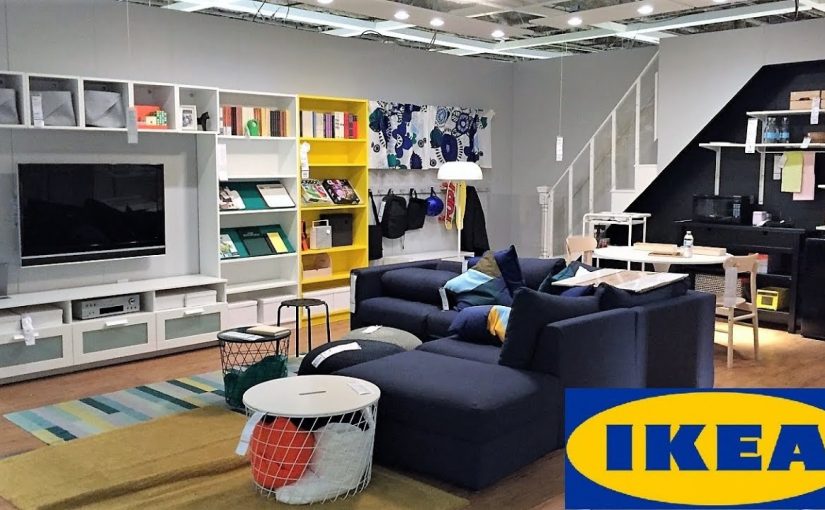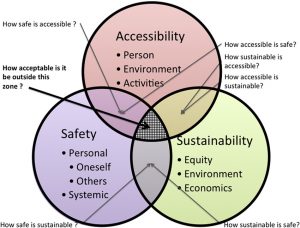Menstrual health and education are extremely important to people who menstruate. Yet, there seems to be a severe gap in menstrual education not only in understanding the impact that periods can have on those who grow through it on a monthly basis but also in the impact menstruation can have on the environment. This facet of menstrual education is something I was recently introduced and yet I am grappling with the lack of awareness regarding sustainability and menstrual cycles.
According to an article on Global News, 90% of menstrual pads are made of plastic and almost all tampons contain plastic. The issue with having a high level of plastic in hygiene products means that they cannot be reused and end up collecting in landfills and even sewage systems. Apart from the post-use impact of hygiene products, manufacturing period products also contribute a significant amount of carbon to already dangerously high carbon emissions (Collie, 2020).
However, all hope is not lost. Recently, there has been an increase in the use of more sustainable and even reusable period products. According to the article, 59% of people who menstruate either use or are considering sustainable alternatives to traditional menstrual hygiene products. From my own knowledge, August is a sustainable menstrual hygiene company. By using organic cotton, the company does their part in reducing carbon emissions. Some of their period products also fully dissolve in water- solving the issue of menstrual waste. However, there is an issue of affordability; upon comparing the prices of 18 tampons from August vs. at Walmart there is a $15 difference between the two (Walmart being cheaper). If we consider those who are in a lower socio-economic class, there is a big problem of accessibility, where even if they want to move into sustainable menstrual hygiene they simply cannot afford to.
There are also other alternatives. Menstrual and diva cups are reusable menstrual hygiene products. As they are made of medical-grade silicone, the sterilization process simply consists of boiling the cup after use making this product convenient and accessible in terms of cost as well. However, it does consider those who have faced sexual trauma or even those susceptible to Toxic Shock Syndrome making it difficult to use these products.

Sustainable Menstrual Product Alternative
In short, there are definitely alternatives to traditional and non-sustainable period products but in my view, those products do not consider the diversity of people who menstruate in terms of income and lifestyle and thus alienate certain groups. While it is great that such sustainable products exist, governments need to work with retailers and producers to make them more accessible and affordable to ensure that both people and the environment are cared for.
References:
Collie, M. (2020, February 23). Pads and tampons can harm the environment. what’s the alternative? Global News.
Retrieved March 15, 2023, from https://globalnews.ca/news/6535090/pads-tampons-climate-change/




 https://www.iea.org/reports/electric-vehicles
https://www.iea.org/reports/electric-vehicles
 https://about.ikea.com/en/newsroom/2020/11/04/the-worlds-first-secondhand-ikea-popup-store-opens-in-sweden?assetID=F8E6B9D2-9D94-402B-96F0-B5FB3692752F
https://about.ikea.com/en/newsroom/2020/11/04/the-worlds-first-secondhand-ikea-popup-store-opens-in-sweden?assetID=F8E6B9D2-9D94-402B-96F0-B5FB3692752F
 HSBC Advertisement in London
HSBC Advertisement in London




 Shein workshops in China (https://fashionmagazine.com/style/shein-violates-labour-laws/)
Shein workshops in China (https://fashionmagazine.com/style/shein-violates-labour-laws/)